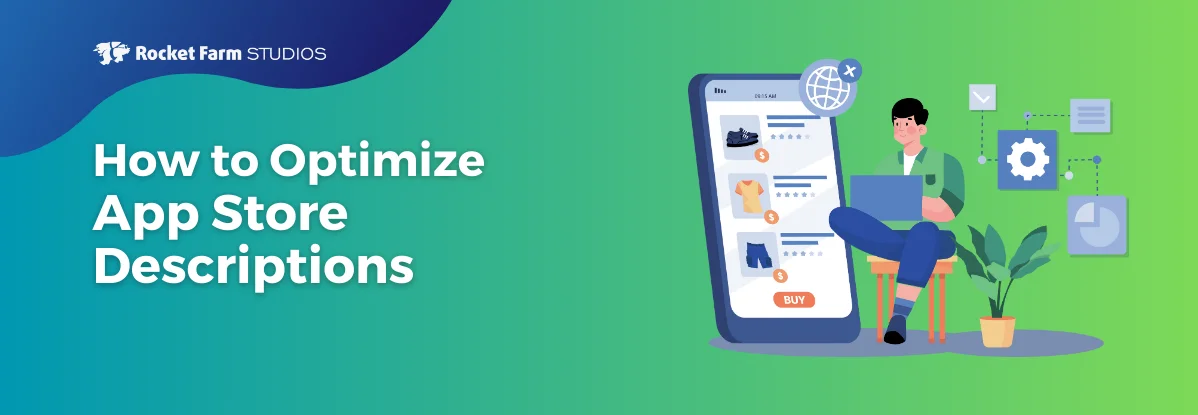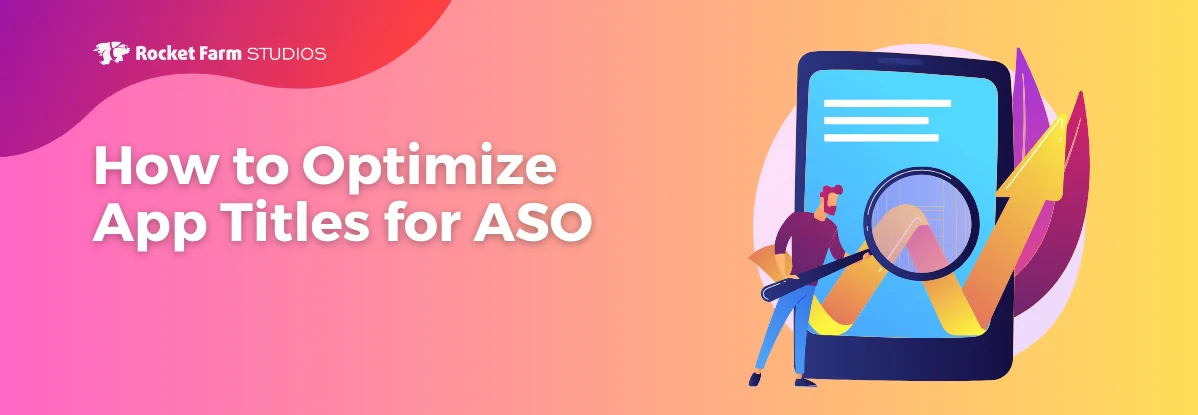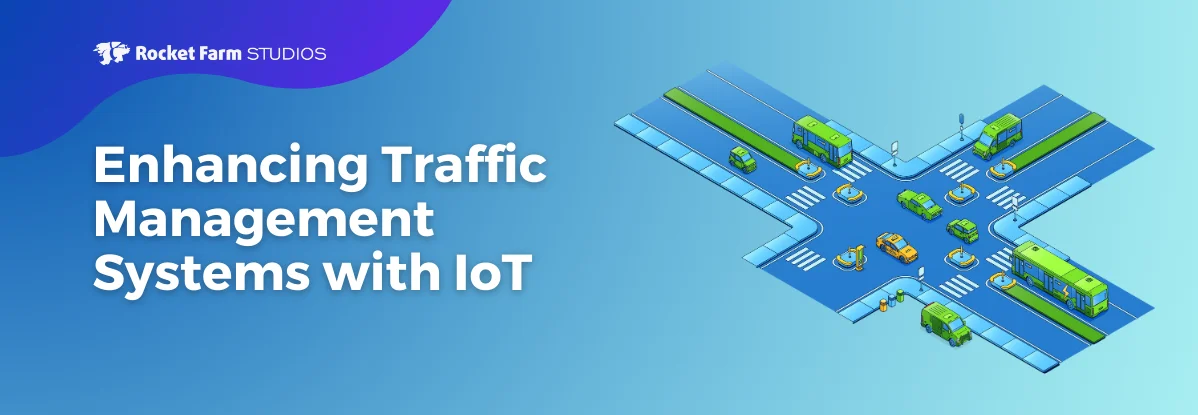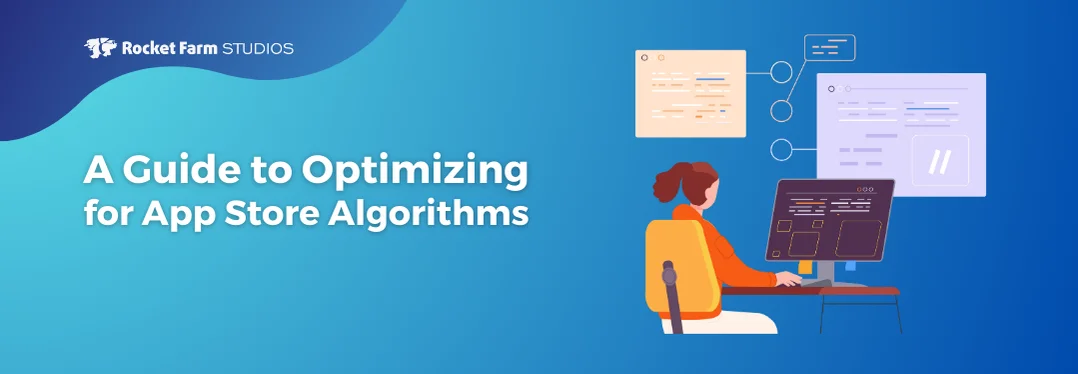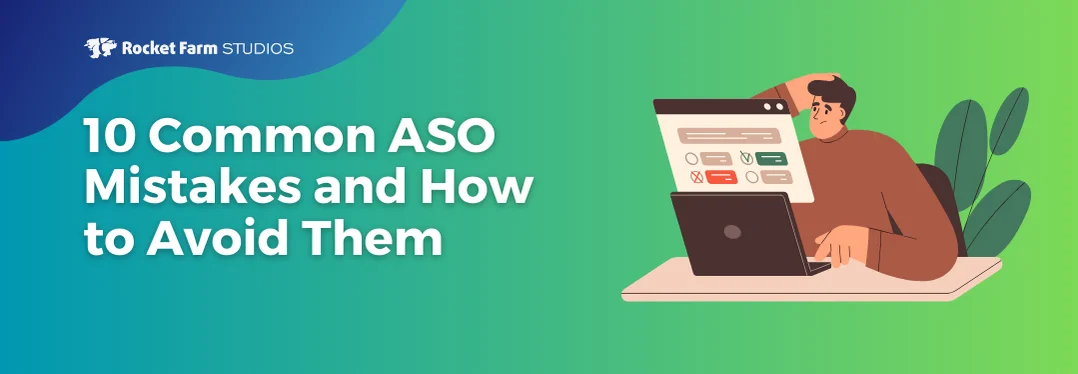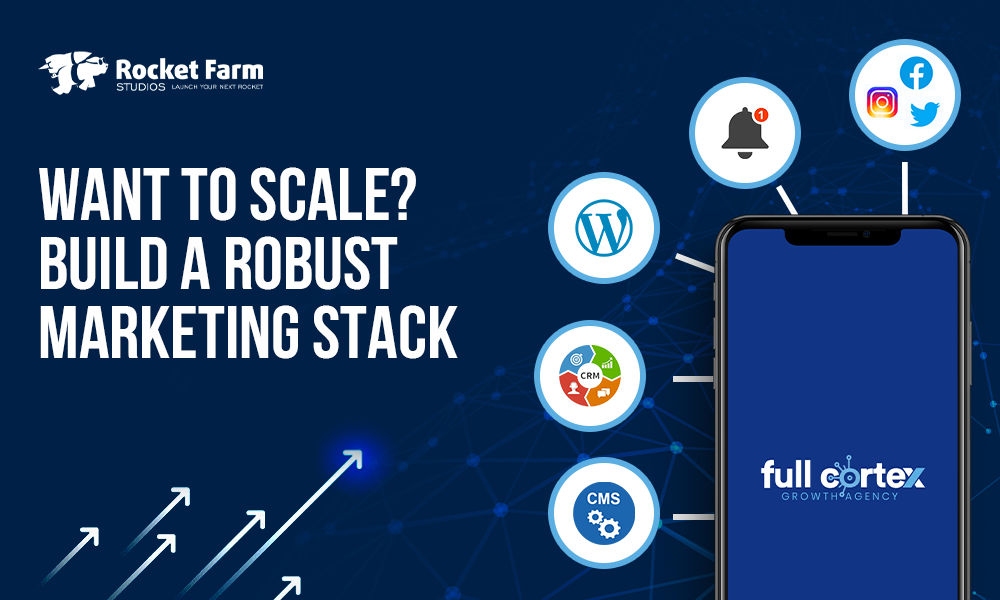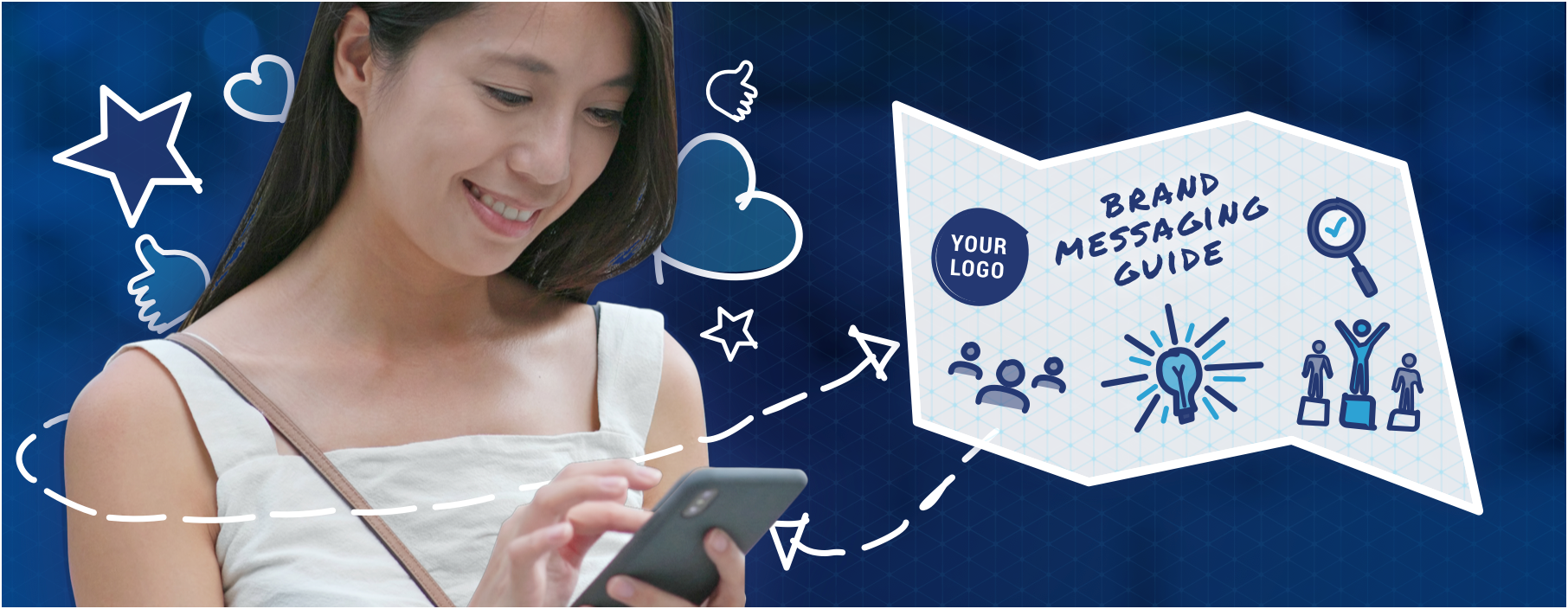
With the flurry of activity that goes into developing a new application, it can be easy to lose sight of one vital detail: what the target user actually wants. That’s often because stakeholders in a project have differing opinions about what that is. And as the project evolves, the focus can become pretty fuzzy.
To help avoid that outcome, at Rocket Farm Studios, we develop in-depth brand messaging guides for our clients during Discovery, well before we start Design and Development.
Think about it this way: Your brand message tells people what your application is all about, how it’s different than competitors and why they need it. Your brand messaging guide memorializes those decisions so that everyone involved in the project is on the same page. It serves as the handbook that will inform decisions about features, functionality, marketing and launching.
The guide tells the story of your brand, outlining the look, tone, voice and overall way to communicate with and engage users. While the guide itself is critical to the success of the app, the ultimate value is in the actual process of building it. Here’s why:
It forces you to take an honest look at your concept.
Often, people with great ideas believe that everyone will download and actively use their app. That is rarely the case. To have early success, you must pinpoint and target the group of people who are likely to be early adopters.
That means answering some incredibly important questions before you start design:
– What specific problem will your application solve?
– What will be your unique value propositions?
– How will you differentiate your product from competitors?
– And, most important, who—as in which type of user—prioritizes those things?
As you build out your brand messaging, you will likely find that your original assumptions about potential users need refining. Don’t resist it even if it pushes your overall concept in a different direction. Your No. 1 goal is to ensure that there will be a market for your concept once it launches.
Defining your audience early limits rework later
Your concept may be solid but remember: You will have the challenge of convincing people to try something new, whether that is a new technology, process or experience. That requires being able to speak specifically to your target users’ pain points and circumstances.
As you build your messaging guide, create detailed user personas of each type of user that is likely to use your application. Imagine your target user(s), and then document:
– Value propositions that matter most to that audience
– A list of pain points or challenges for each audience—and how your app solves them
– A list of expectations or wants for each audience—and how your app meets them
– Where you can reach each audience (e.g., What social media channels do they use? What publications do they read? Who influences their decisions?)
– The user journey for each audience (e.g., What is the path from the moment you engage them through acquiring them and then retaining them?)
– How must you talk to them (e.g., what should your brand look and sound like to attract and retain them?)
Even better: Go beyond imagining what they want and actually interview target users to reaffirm your assumptions about their challenges and what they want in an app. Doing so early in the process can help you avoid unnecessary features or functionality and focus on the things that are most likely to solve their problem, which is necessary to build user loyalty.
Keeps the focus on the target user—for the long term
Most likely, your goal is to scale. Developing a brand messaging guide helps you to figure out how best to find, onboard, engage, and retain users throughout the Acquisition→ Activation→ Monetization→ Retention lifecycle.
The guide itself however serves as the foundation for all your marketing and sales efforts going forward and helps to ensure everyone is reinforcing the mission.
As you scale—and bring on new stakeholders—it enables you to continue to present a consistent, cohesive brand. And most important, to continue to meet the needs of the users most likely to adopt your application.
No matter who steps in, or what marketing, customer service, sales or other outreach channels you use, you will maintain consistency.
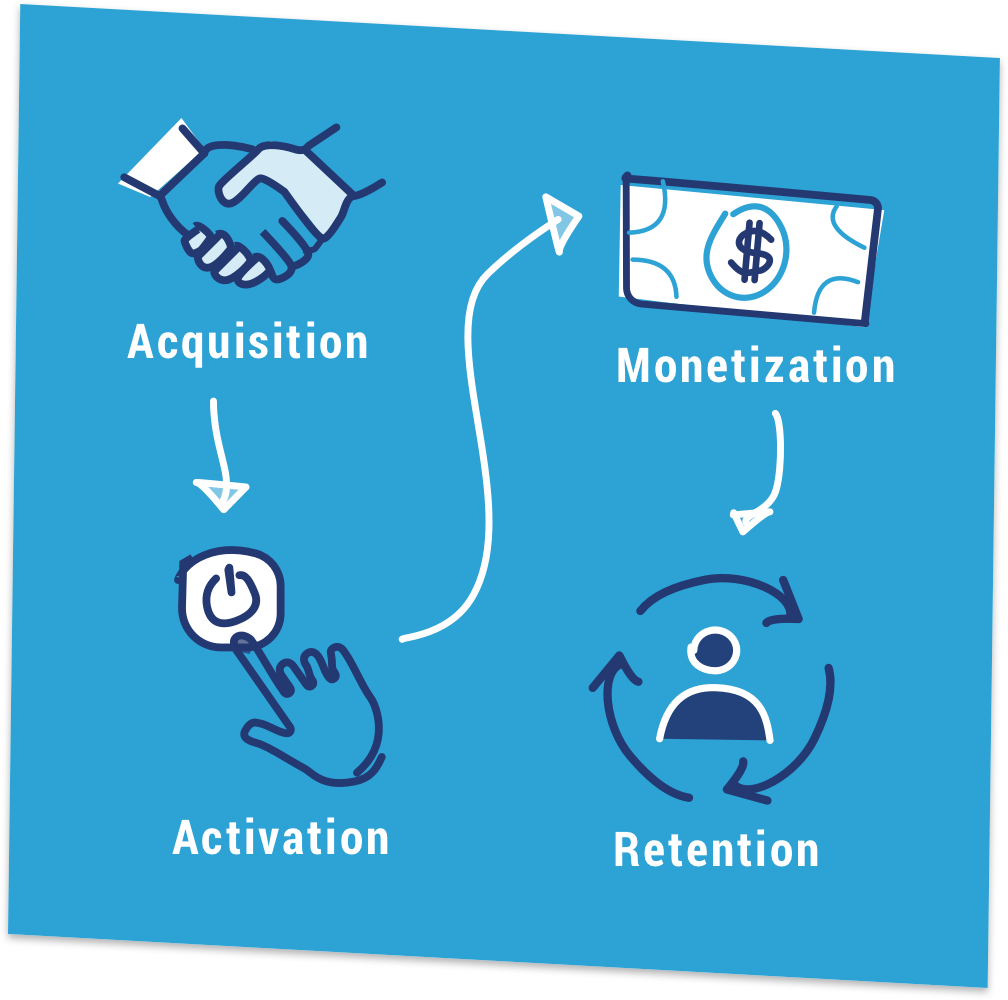
Get started with your brand messaging guide
Rocket Farm Studios develops great products that scale. And that starts with understanding who is most likely to use the app—and figuring out what features and functionality they expect. If you have an idea you want to take to market, contact us today to learn more about our comprehensive approach to mobile app development.




